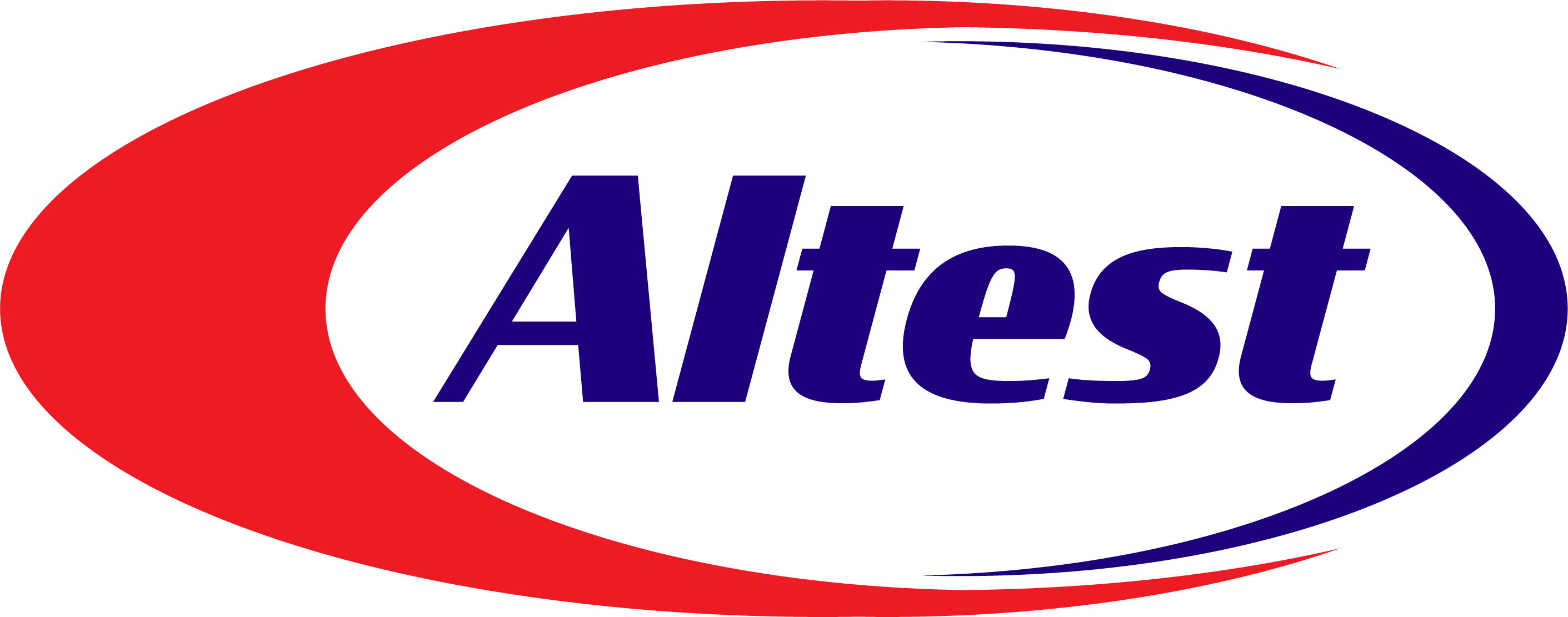Thermal Management in PCB
PCB Thermal Management is crucial for ensuring reliability and performance in electronic systems. Overheating of PCBs can lead to the degradation and failure of electronic components. Hence, it is important to effectively perform temperature control for PCBs.
Understanding Heat Sources in PCBs
Before we jump into solutions, it's essential to understand where the heat comes from. In PCBs, heat is primarily generated by resistive losses, power dissipation in components, and external sources such as ambient temperature. Identifying these sources helps in designing appropriate thermal management solutions
Design Considerations for Effective Thermal Management
Designing a PCB with thermal management in mind starts right from the layout phase. Thoughtful placement of components, traces, and vias can significantly influence heat dissipation. Here are some design considerations to keep in mind
Optimal Component Placement
The strategic placement of components is crucial for efficient thermal management. High-power components should be positioned away from heat-sensitive parts to prevent localized heating. Grouping heat-generating components together allows for easier heat dissipation through shared heat sinks or thermal vias.
Exploring Passive Cooling Techniques
Convection Cooling
Convection cooling relies on the movement of air or liquid to dissipate heat. By designing PCBs with adequate spacing between components, you can facilitate natural convection. This allows heat to rise and escape, keeping temperatures in check
Thermal Pads and Interface Materials
Thermal pads and interface materials act as intermediaries between heat-generating components and heat sinks. These materials provide a low thermal resistance path, allowing for efficient heat transfer. By improving contact between components and heat sinks, thermal pads enhance cooling performance.
Heat Pipes and Vapor Chambers
Heat pipes and vapor chambers are advanced passive cooling solutions that leverage phase change technology. These devices utilize the evaporation and condensation of a working fluid to transport heat efficiently. Heat pipes and vapor chambers excel in applications where traditional heat sinks may fall short.
Industries We Serve:
Consumer Electronics
Military/Space
High Power Applications
Medical Devices
Telecommunications
Industrial Automation
PCB THERMAL MANAGEMENT TECHNIQUES
Heat Sinks
Heat sinks refer to metallic vias designed to conduct heat in a PCB. These metallic vias transfer heat throughout the PCB by conducting it from top layers to insulating layers.
Heat Pipes
When a PCB has limited space, heat pipes can be an excellent great choice for thermal management. They’re often used to assist compact devices, as they help with passive heat transfer.
Cooling Fans
Another way to improve PCB thermal resistance is to employ cooling fans. By adding a cooling fan to a PCB, you can blow hot air out of an area, helping to prevent heat from building up.
Benefits of Effective Thermal Management
- Improved Performance:
- Extended Lifespan
- Increased Reliability
- Cost Savings
Dependable and sustained performance results from efficient thermal management, which keeps components operating within their ideal temperature range.
Electronic components with less heat accumulation have a longer lifespan, which lowers the chance of an early failure and guarantees a longer product life cycle.
An appropriately managed heat source lowers the possibility of heat-related failures, making the printed circuit board (PCB) more trustworthy.
Efficient heat management can result in considerable long-term cost savings by reducing early component failure and boosting product reliability
